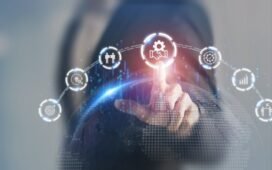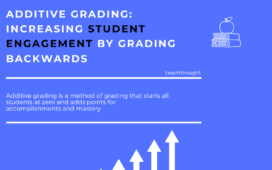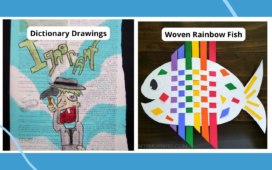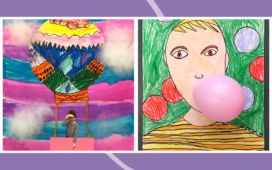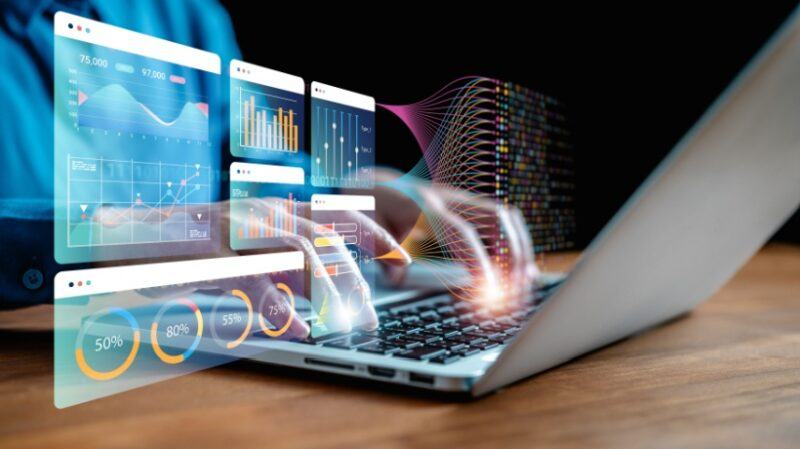
AI And ML Shaping The Future Of eLearning
As technology continues to evolve at a rapid pace, personalized eLearning is no longer a futuristic concept but a present-day reality, constantly improving. By 2025 and beyond, the demand for customized learning experiences will rise, driven by the changing expectations of learners, advancements in Artificial Intelligence (AI) and Machine Learning (ML), and the push for more flexible and interactive education models. This article will explore what the future holds for personalized eLearning and how technology, especially AI and ML, will play a crucial role in shaping it.
The Impact Of AI And ML On Personalized eLearning
The impact of AI and ML on eLearning has already been significant, and it’s only going to increase in the coming years. Both technologies can analyze vast amounts of learner data, identify individual learning patterns, and offer personalized content recommendations. AI-based algorithms can adjust the difficulty of lessons based on how quickly or slowly a learner progresses, ensuring they stay engaged and challenged at just the right level.
For example, a student struggling with math might be given simpler problems and more explanatory content, while a student excelling in the same subject might be provided with advanced topics and fewer explanations. This kind of dynamic personalization would be impossible without the power of AI and ML.
Looking toward 2025 and beyond, the use of AI and ML will expand further, offering more real-time insights and adaptive learning paths tailored to individual needs. Educational platforms will be able to predict learner difficulties before they even occur, allowing for preemptive adjustments to the learning materials.
This is a major breakthrough compared to traditional one-size-fits-all education models. The introduction of AI and ML in eLearning is transforming classrooms by moving away from static curriculums to more dynamic, flexible, and learner-centered environments. With more institutions and businesses eager to implement these technologies, there is an increasing need to hire developers for AI ML projects who can create these personalized learning experiences.
What Will Learners Expect In 2025 And Beyond?
By 2025, learners are expected to demand more control over their learning experiences, which will drive further innovation in eLearning platforms. The following are some of the expectations learners will have as we move forward.
1. Highly Personalized Learning Paths
Gone are the days of a one-size-fits-all curriculum. Learners will expect eLearning platforms to offer hyper-personalized learning paths that adjust to their specific needs, learning pace, and preferences. With the help of AI and ML, learning platforms will be able to curate content based on individual performance, engagement levels, and interests.
For instance, students who excel in particular areas will be able to skip redundant lessons and move on to more advanced topics, while those who need more practice in specific skills will receive targeted resources. Learners will expect platforms to be intuitive and responsive to their unique learning styles, providing them with the flexibility to learn at their own pace.
2. Real-Time Feedback And Adaptive Assessments
Immediate feedback is crucial for keeping learners engaged and on track. By 2025, eLearning platforms will be able to provide real-time feedback, powered by AI, that will help students understand what they are doing right and where they need improvement. Instead of waiting for an instructor to manually review assignments or quizzes, learners will expect AI-driven assessments that offer instant analysis.
Adaptive assessments will also play a significant role in personalized eLearning. These tests will adjust in difficulty based on the learner’s performance in real time. For example, if a learner struggles with a certain question, the next question might be simpler to help them build confidence, or it may provide hints to guide them toward the correct answer.
3. Immersive Learning Experiences With AR And VR
Augmented Reality (AR) and Virtual Reality (VR) are set to revolutionize eLearning by offering immersive and interactive learning experiences. Learners will expect to see more AR and VR-based content, especially in fields like healthcare, engineering, and design, where hands-on practice is essential.
By simulating real-world environments, AR and VR will allow learners to gain practical experience in a safe and controlled setting. For example, medical students can practice surgeries in virtual environments without any risk, or engineering students can build structures and test their integrity using VR simulations. These technologies will make learning more engaging and experiential, allowing learners to apply their knowledge in real-time situations.
4. Learning On The Go
The flexibility of eLearning is one of its most appealing features. In 2025 and beyond, learners will expect to access their courses and learning materials anytime and anywhere, across multiple devices. Mobile learning will become the standard, as learners seek to continue their education while balancing work, travel, and personal commitments.
Platforms will need to offer seamless integration across devices, ensuring that learners can pick up where they left off on their laptops, smartphones, or tablets. Offline access to learning materials will also become an essential feature, allowing learners to download content and engage with it without needing a continuous internet connection.
5. Collaboration And Social Learning
While personalized learning is an important trend, learners will also expect to collaborate with peers and engage in social learning activities. eLearning platforms of the future will need to incorporate more collaborative tools like discussion forums, group projects, and peer feedback mechanisms.
Learners will value the ability to connect with their peers, share ideas, and learn from one another’s experiences. AI-driven tools can even help form study groups by matching learners with similar interests or skill levels. Social learning elements will keep learners engaged and motivated by making them feel part of a community, even in a virtual environment.
6. Gamification For Increased Engagement
Gamification is already a popular feature in eLearning, but by 2025, learners will expect even more advanced gamification elements that drive engagement and make learning fun. From leaderboards to badges and rewards, learners will look for platforms that incorporate game-like mechanics to keep them motivated.
AI can play a crucial role in gamification by personalizing the challenges and rewards based on the learner’s performance. For example, a platform might use AI to adjust the difficulty of quizzes to ensure they are challenging but not frustrating, keeping learners engaged and pushing them toward continuous improvement.
The Role Of AI And ML Developers In eLearning
As AI and ML continue to shape the future of personalized eLearning, the demand for skilled developers will rise. Institutions and businesses looking to implement these cutting-edge technologies need to hire developers for AI ML projects to create intelligent learning platforms that deliver the personalized experiences learners expect. These developers will be responsible for designing algorithms that analyze learner data, building adaptive assessments, and integrating AI-powered feedback and content recommendations into eLearning systems.
The skills required for these roles go beyond traditional programming. Developers will need expertise in AI, Machine Learning, Natural Language Processing, and data analytics to build systems that offer meaningful insights and personalized learning pathways.
Conclusion
The future of personalized eLearning is bright, with AI and ML playing a crucial role in delivering customized learning experiences. By 2025 and beyond, learners will expect platforms to adapt to their needs in real time, offering personalized learning paths, immediate feedback, immersive experiences, and flexible access. As the demand for these advanced eLearning solutions grows, institutions and businesses must invest in hiring skilled developers to bring these innovations to life. With personalized eLearning, the possibilities for education are limitless, and the future promises a more engaging, flexible, and effective learning experience for all.


